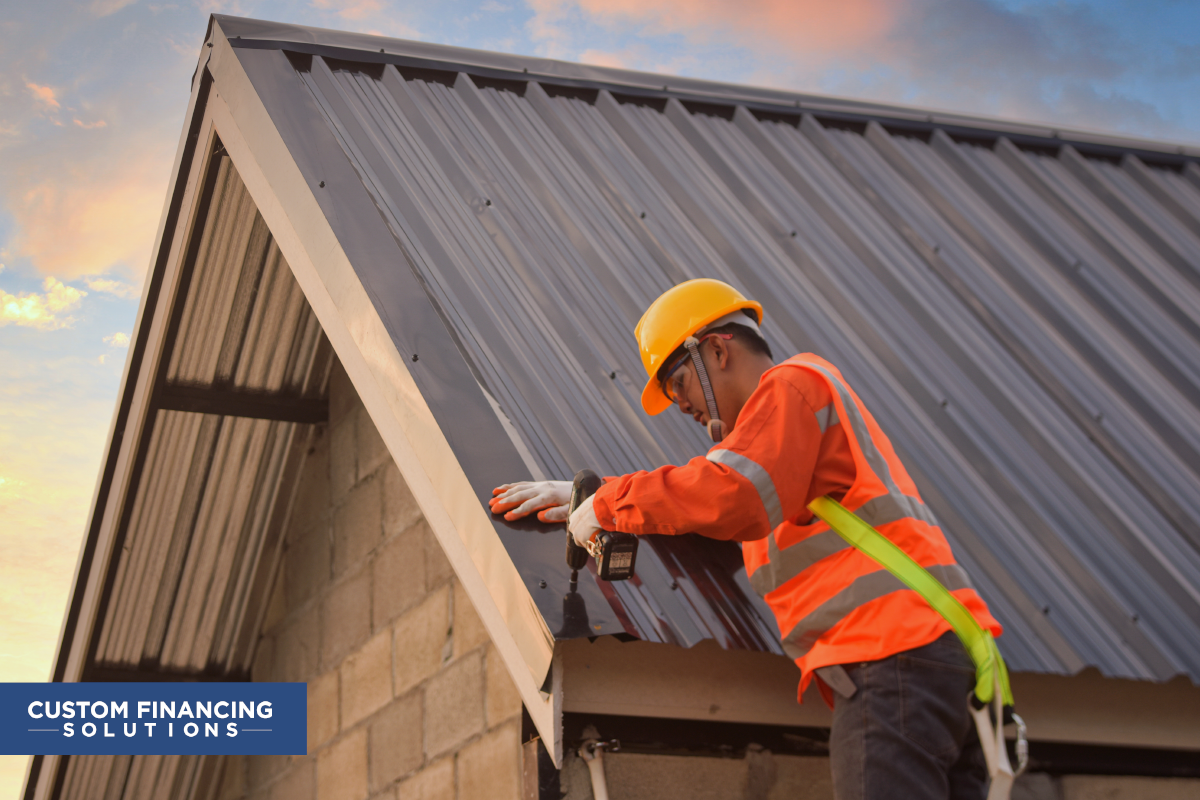As we look at the exterior of a house, that well-structured façade beholds many elements that as a home improvement contractor only you can notice. A soffit is one of them that contributes both to the house’s aesthetic appeal and functionality. The type of soffit to match your client’s home depends on several things like the type of house roof and even the area’s weather.
Aesthetically, it resembles the skin which will cover up the exposed eaves of the home. There are many types of soffits (varying in colors and raw material) you can choose from to create the perfect combination that complements the character of the building.
As for its function, soffit protects the rafters of the building from heat, cold, and rain. Also, depending on the roof system that the building has, soffit will double up as an agent for natural ventilation at the attic space of the home. It provides breathing space to your home and promotes good airflow. This way, it functions year-round by preventing attic overheating, keeping moisture out, and reducing the chances of mold build-up.

Choosing The Right Material For Soffit
There are many options to choose for soffit, but as a contractor, you should know the benefits and disadvantages of each.
The main choices are aluminum, vinyl, wood, and steel. While wood looks very classy and timeless, it is susceptible to rot over time; aluminum will not decay or chip but tends to be less insulating. Vinyl can be the most affordable option and offers a wide variety of customization, although it can lose its color eventually. Each has its advantages & disadvantages for different weather conditions & house structure. Factoring in all the essential elements that can affect the soffit, you have to suggest the right one to your client.
The Installation
To start, measure up the area to have a brief idea of the amount of soffit required to finish the project.
Next, you should run a thorough inspection of the area. Look out for anything that could affect your installation process like utility lines or loose boards first hand, and tend to them.
Proceed to install the F-channels or J-channels along the wall while leaving a quarter-inch gap along the turns to allow expansion. Measure the distance from the wall to the fascia and leave half an inch for movement. After that, cut the panels using a regular or a power tool to the pre-established size.
Finally, install the panel carefully into the channel, making sure that the soffit panel forms a perfect 90-degree angle with the wall.
Soffits must be designed and installed with care and precision. Its cost can vary depending on the material used and how much of it is required. And since it would be a remodeling project, the cost of removing the old ones, painting (in case of a wooden soffit) are all added to the final amount for your client. Well, seem enough to make them run away. To avoid your client making undesirable decisions, you should be prepared to help them out in all aspects, including finance, so that they can trust and choose you over others.
Here at CustomFin, we provide various ways for contractors to finance their clients’ home improvement projects like roof renovations.
Sign up with us to know more.








[…] Pay close attention to not damage the soffit while handling roof repairs. Here are some tips for successful soffit installation. […]